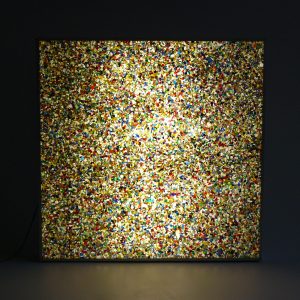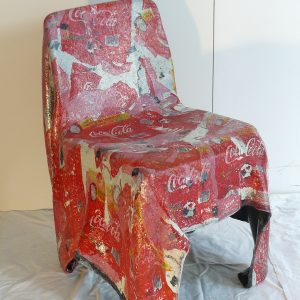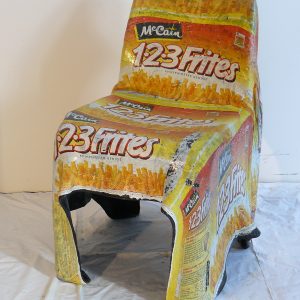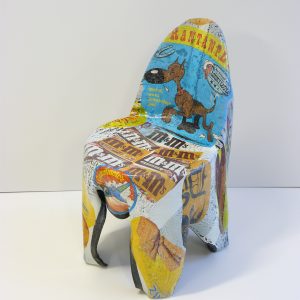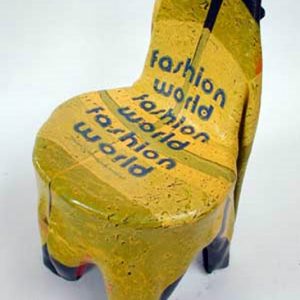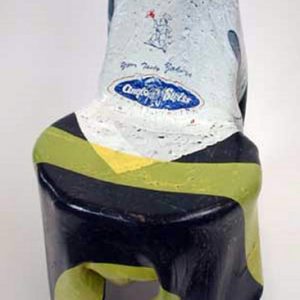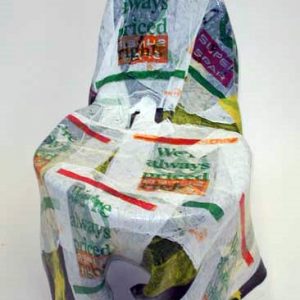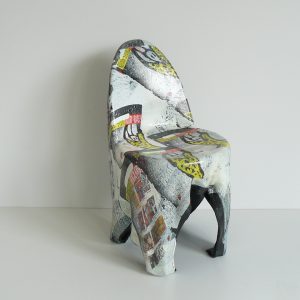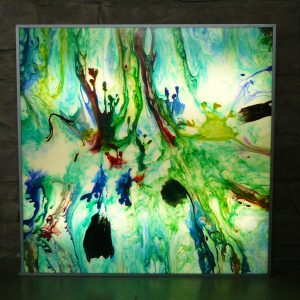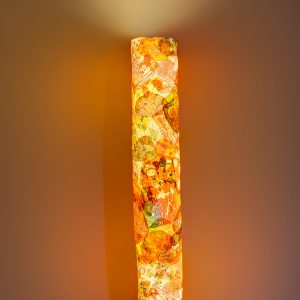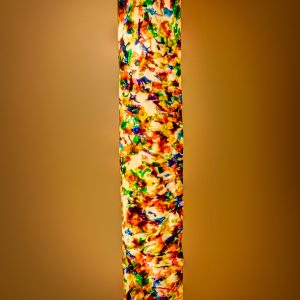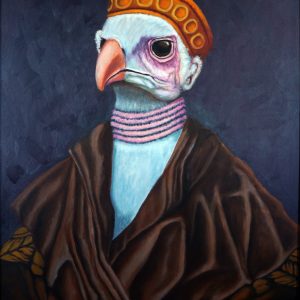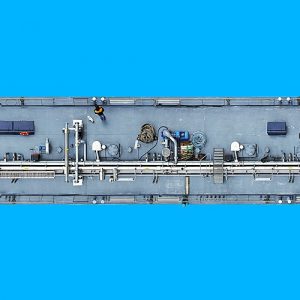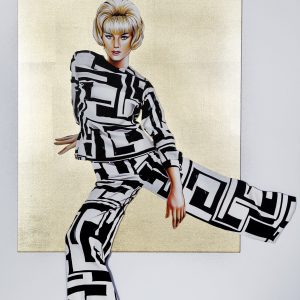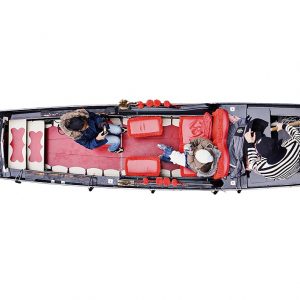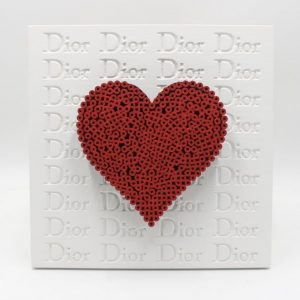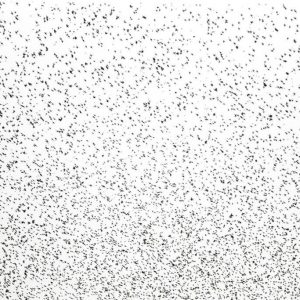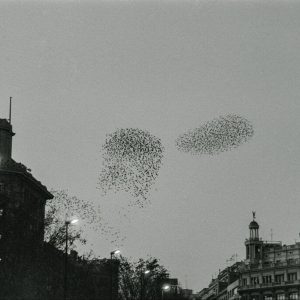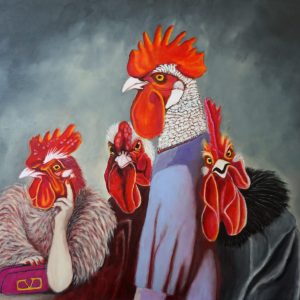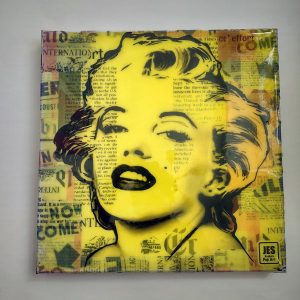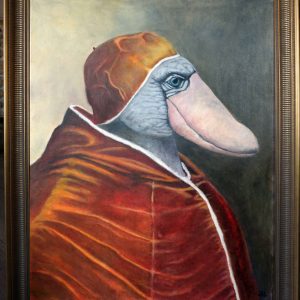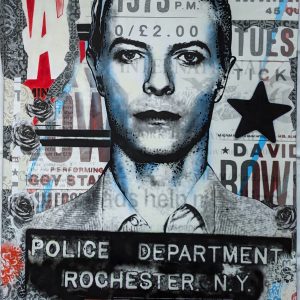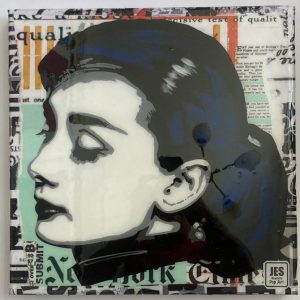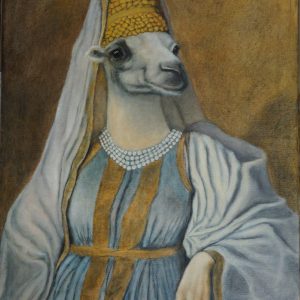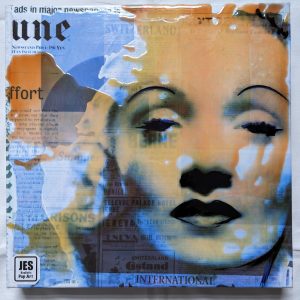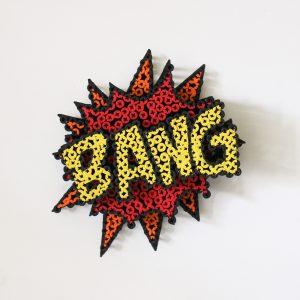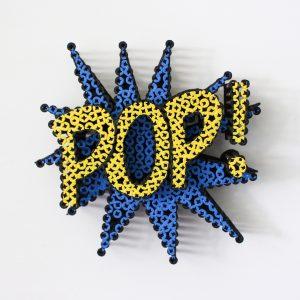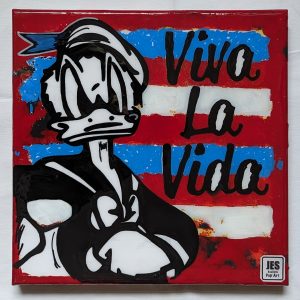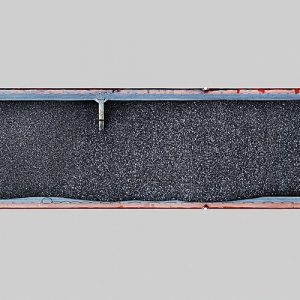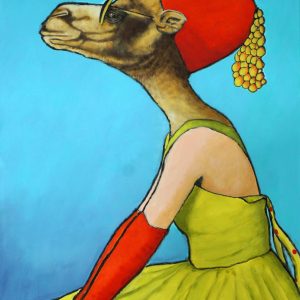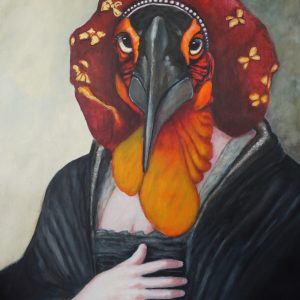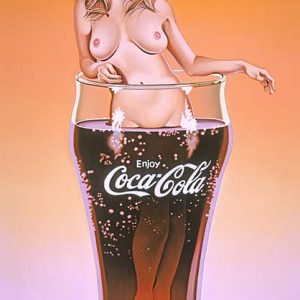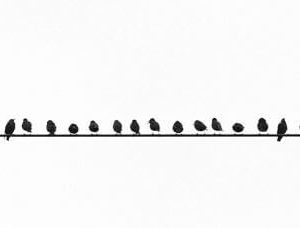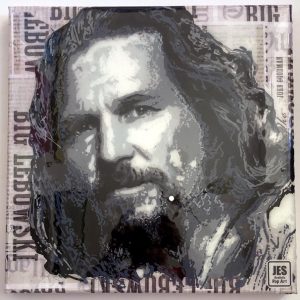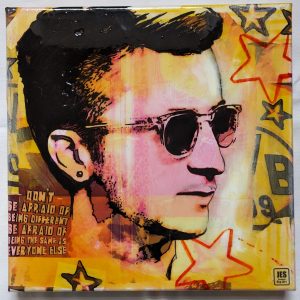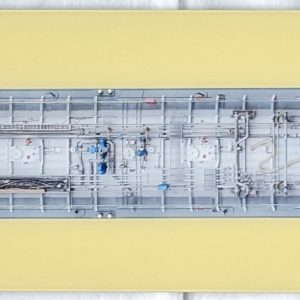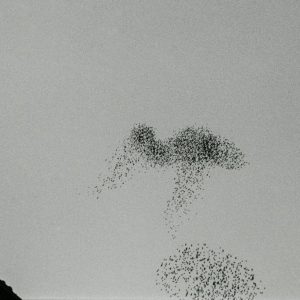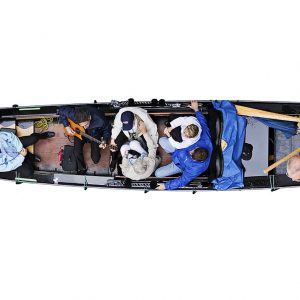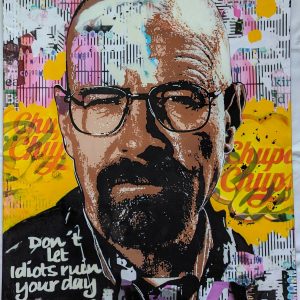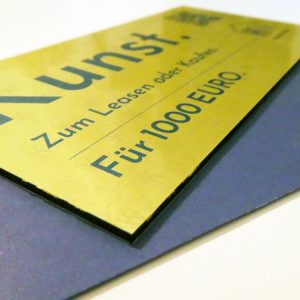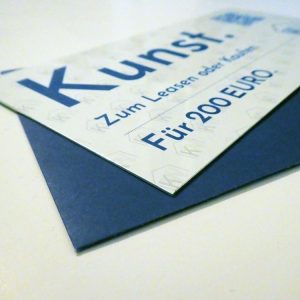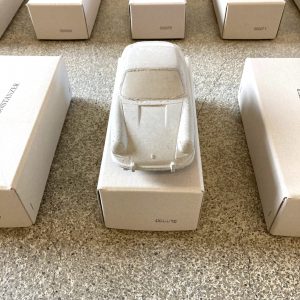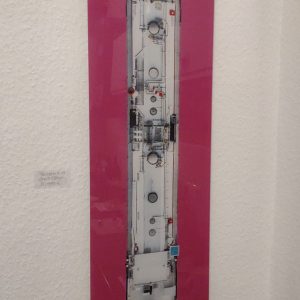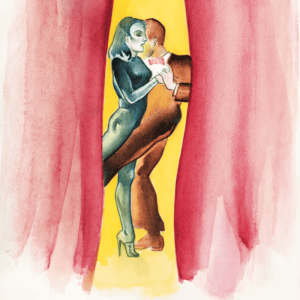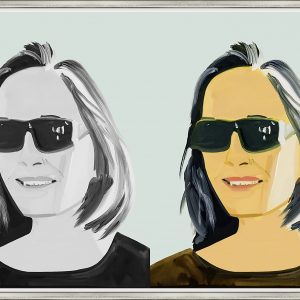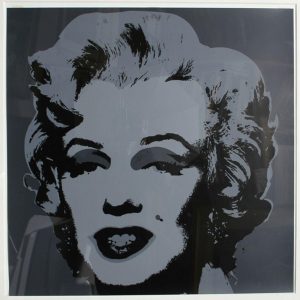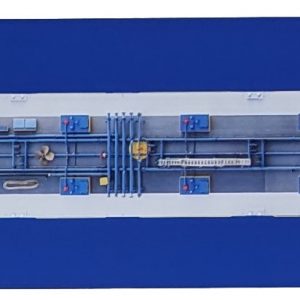BÄR+KNELL – Art in the Galerie Kunsthaus Weinstock.
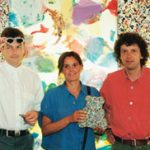
Beata Bär, Gerhard Bär and Hartmut Knell have been designing objects from used packaging plastics as the Bär+Knell design group since 1992. The principle of recycling is at the heart of their work. The date 1992 was not chosen at random. This was also the year in which the Green Dot was launched as a major project of the German waste management industry. For every item of plastic, aluminum, cardboard, tin or glass packaging marked with the Green Dot, the manufacturing company pays a usage fee based on volume. This is intended to finance the reprocessing of packaging waste. However, as BUND points out, the Green Dot does not stand for environmental friendliness, as it falsely claims, but merely means that the marked packaging is collected separately. When the Green Dot was introduced, there was still a lack of sufficient recycling centers that could have adequately processed composite materials and plastics. The recycling rate for plastic in Germany is now around 60 percent, but the recycled plastic is of inferior quality and is often only sufficient for dark-colored sewage pipes, noise barriers, park benches or garbage bags that cannot be reused after use. The recycling rate also includes the approximately one million tons of plastic waste that is exported from Germany to other countries every year. The growing problem of the ever-increasing volume of packaging waste is being addressed.
Bär+Knell's work began with criticism and curiosity: criticism of the Green Dot recycling strategy, which is not sufficient for long-term sustainability and resource conservation. And curiosity about the colorful material of packaging plastics and their history. Used plastic packaging - from chip bags to fabric softener bottles - is used by Bär+Knell to produce “utility objects” such as chairs, loungers, light objects and wall objects. The recycled plastic materials are not completely poured into a new form, but are largely retained in their original colors and glued-on logos and are only alienated by the manufacturing process. The approach is an archaeological one, which does not erase the historical traces of the material, but rather reveals them. Similar to pottery shards in ancient excavation sites, discarded packaging materials tell us something about the respective lifestyles, consumer behavior and fashions of a time - in this case, modern industrial society and the age of plastic. To this end, Bär+Knell developed technical processes to preserve the historicity of the plastic waste and its individual composition in the newly created object. Each object is unique in form, color and structure. The origin of the material as disc
A reflection of our colorful consumer world. Bär + Knell have this in common with the representatives of Nouveau Realisme and Pop Art, but unlike artists like Arman, Bär + Knell insist on the cycle of reusing what is supposedly discarded.
✓ Commissioned work is possible on request.
- You cannot add that amount to the cart — we have 1 in stock and you already have 1 in your cart. View cart
Showing all 17 resultsSorted by latest






